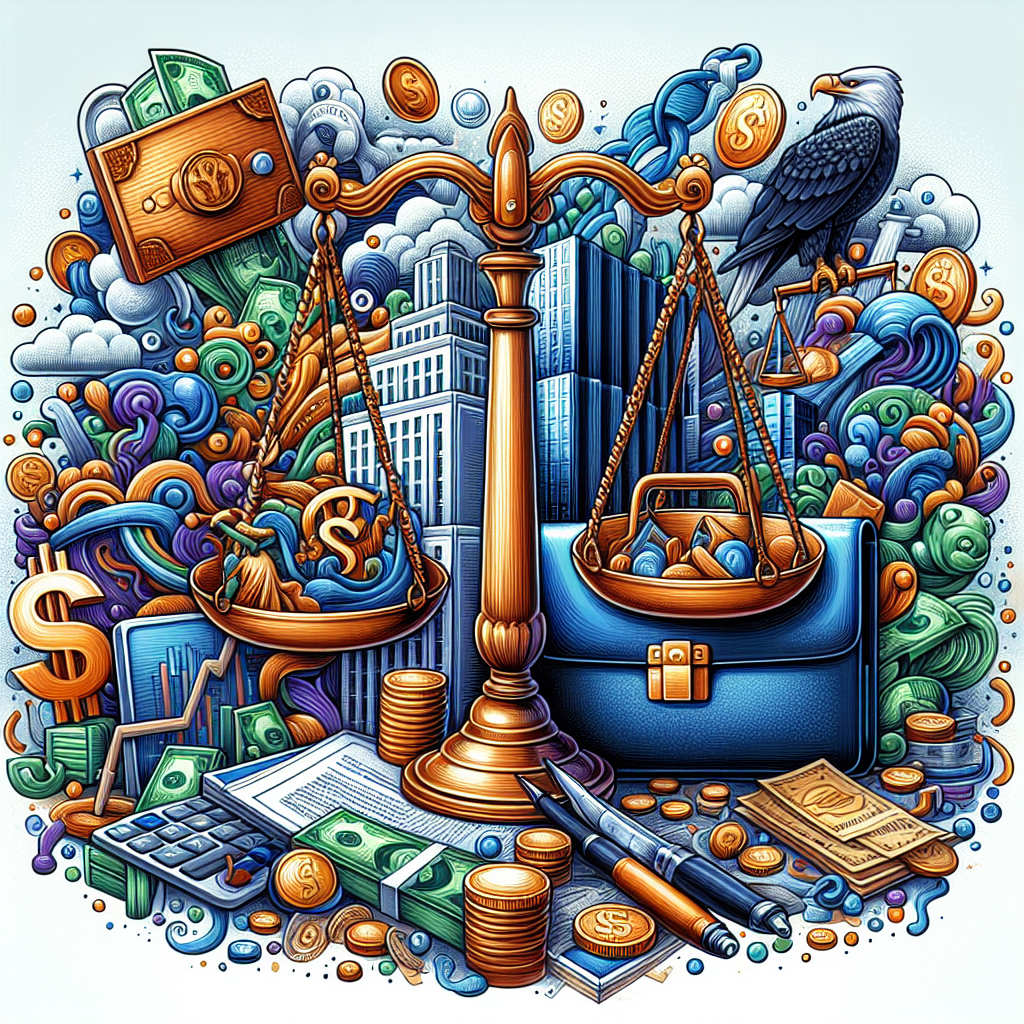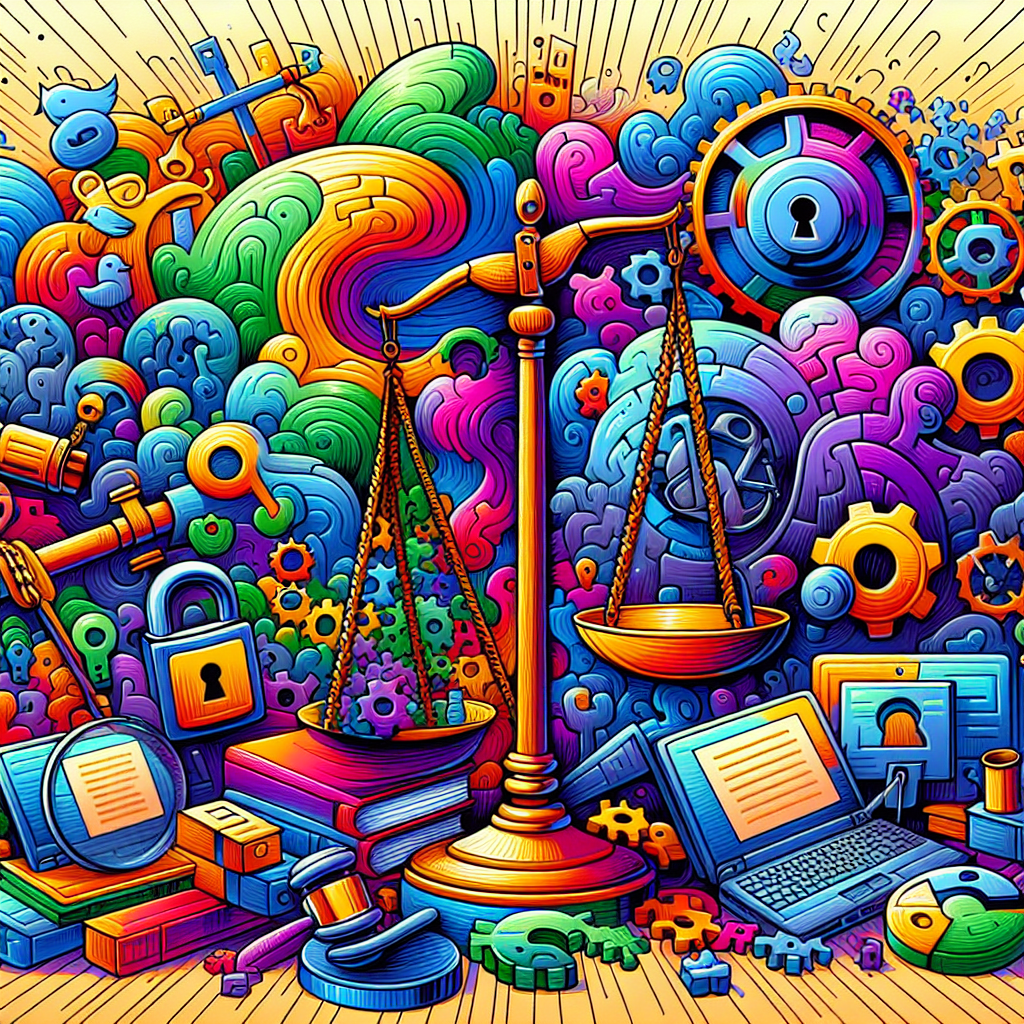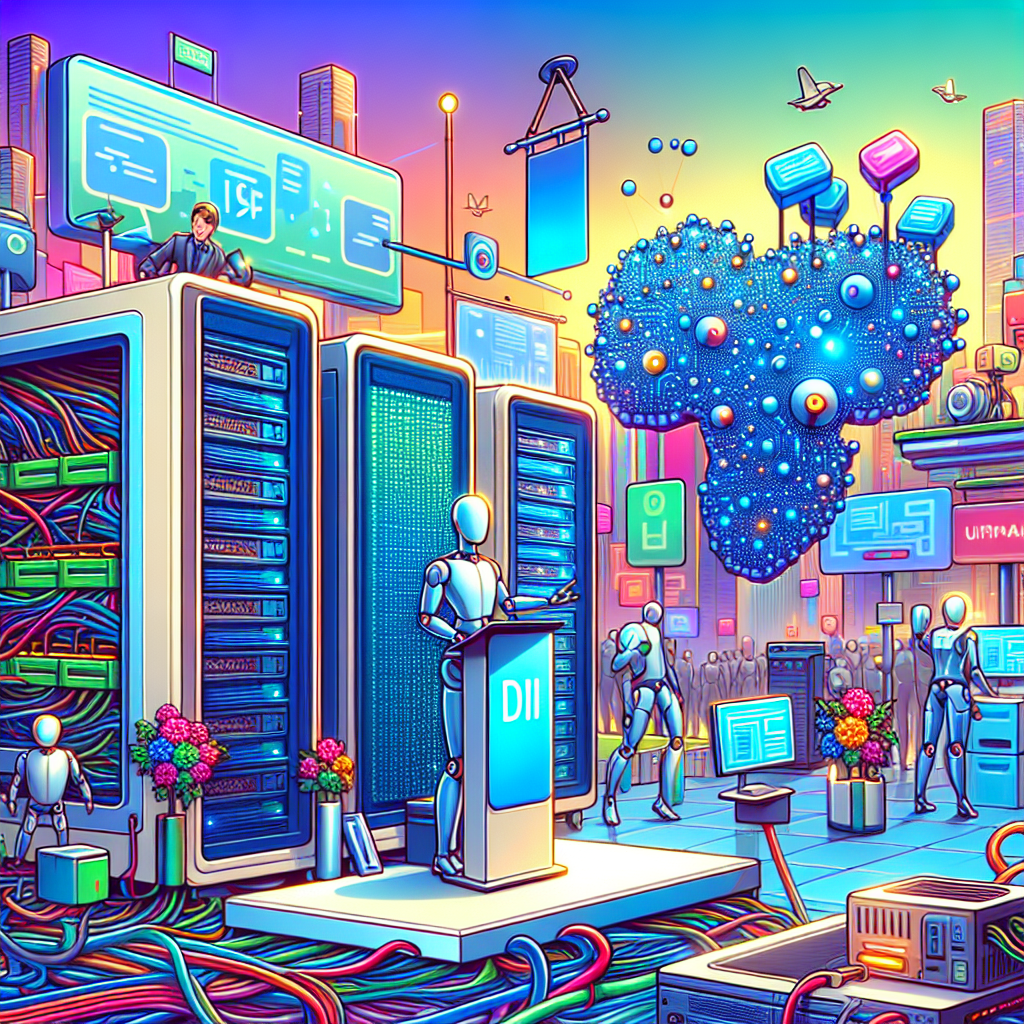The recent deflation of the AI hype bubble has made investors more cautious, a shift that was temporarily reflected in the stock market crash on August 5.
4 min read
Neither OpenAI nor other tech giants have managed to deliver AI systems with significant practical applications, yet they continue to seek vast new investments. The recent deflation of the AI hype bubble has made investors more cautious, a shift that was temporarily reflected in the stock market crash on August 5. During this crash, the stock prices of companies involved in the AI race—such as Nvidia, Microsoft, Alphabet, Amazon, Apple, and Meta—plummeted, though they unjustifiably rebounded the following day.
Several of these companies are pouring massive resources into AI development. Meta has revealed through its latest earnings reports that it plans to allocate up to $40 billion toward AI research and development in 2024. Microsoft has already spent $56 billion, and the figure continues to climb. Google is predicting expenditures of $12 billion per quarter.
Related: Nvidia's Impressive Q3 Earnings and the Role of Advanced AI in Its Success
These are staggering sums, even by Google’s standards, yet investors have seen little return on these investments. Both Google CEO Sundar Pichai and Meta CEO Mark Zuckerberg have emphasized that underinvesting in AI poses significant risks. They argue that developing the data infrastructure required to train AI models demands time and resources, and being unprepared for the future is a risk they cannot afford. This perspective resonates with investors who were burned during the early 2000s tech bubble, whether they lost money when the dot-com bubble burst or missed out on early gains. However, this fear of missing out is perilous, and the AI race is beginning to resemble an arms race for a war that may never happen.
Consider OpenAI, perhaps the most overhyped company since Tesla, and the creator of ChatGPT. As the sector’s poster child, OpenAI is reportedly generating an annual revenue run rate of just $3.4 billion. Compared to the colossal amounts Microsoft is pouring into OpenAI—of which it owns 49%—this revenue is negligible.
Related: OpenAI’s Current Business Model: An Uncertain Future
Moreover, much of this revenue comes from subscriptions to services that are, at best, frivolous. ChatGPT is practically useless for any serious business application, as it produces low-quality content that is easily recognizable. Meanwhile, tools like DALL-E allow users to create novelty images, and AI is even being used to create disturbing deep-fake content—hardly a solid business foundation. The growing number of lawsuits against such AI-generated content, along with increasing scrutiny from regulators and governments worldwide, highlights the potential dangers of this technology. Adding to the drama is Elon Musk’s lawsuit against Sam Altman for allegedly deceiving him into funding OpenAI. The question now is how long this farce can continue.
There are some bright spots in this bleak landscape, such as AI-related chip manufacturer Nvidia, whose earnings remain robust. Companies like Nvidia, which provide the infrastructure for AI, are considered safer bets, partly because AI is not their sole revenue stream. However, Nvidia has recently encountered shipment challenges and has been criticized by hedge funds like Elliot Management in London, which warns that AI technology is not yet ready for mainstream adoption and that Nvidia may be caught in a bubble.
Related: AI Crypto Tokens Drop as Nvidia's Earnings Disappoint Investors
Microsoft has at least been transparent about its timeline, stating it expects to see returns on its AI investments within the next 15 years. Meta, on the other hand, has indicated that it anticipates returns from generative AI “over a longer period.” However, such extended timelines are unacceptable for publicly traded companies and are barely tolerated in venture capital.
At this juncture, it’s fair to say the AI bubble has burst. Warren Buffett, who sold off $90 billion worth of Apple stock in the second quarter of 2024, may be justified in his skepticism about the “Magnificent Seven.” Their heavy reliance on AI could be their downfall. If AI does eventually prove useful, it won’t be in the near future.










